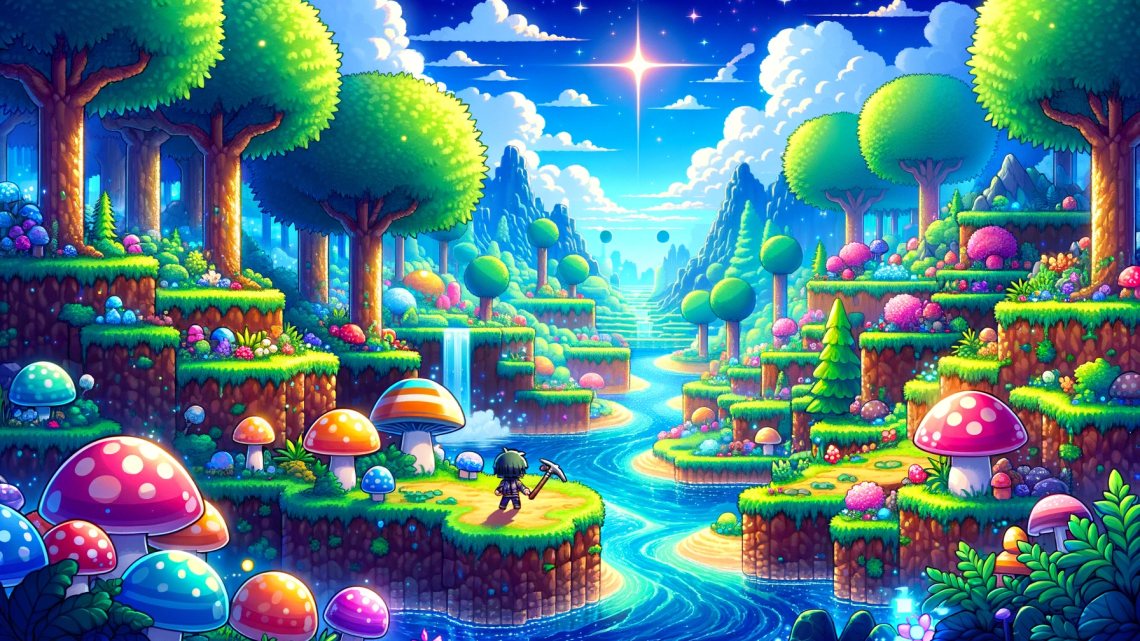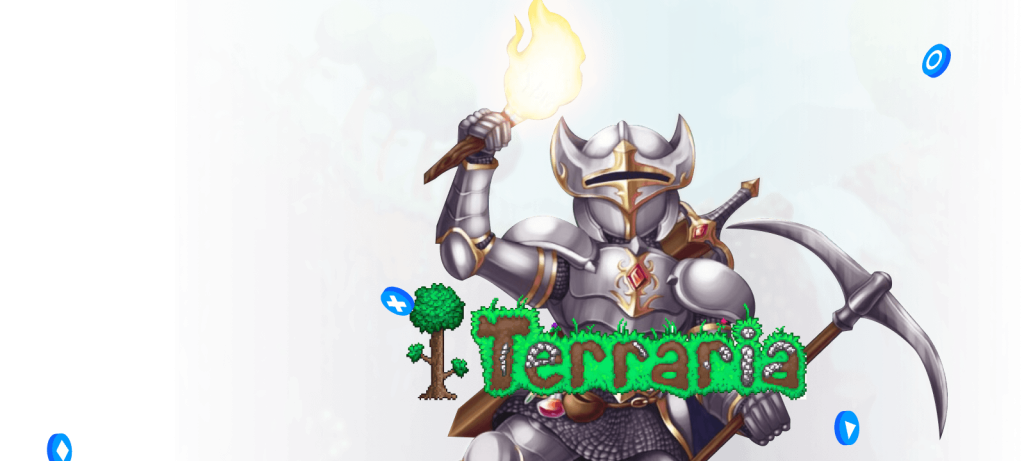
Unveiling the World of Terraria Servers: A Comprehensive Exploration
Terraria, the pixelated sandbox adventure game, has been captivating gamers since its release in 2011. One of the most enticing aspects of Terraria is its multiplayer mode, where players can join forces, explore vast worlds, and embark on thrilling adventures together. In this comprehensive guide, we’ll delve into the realm of Terraria servers, uncovering the various types, features, and intricacies that make them such a vital part of the Terraria experience.
Understanding Terraria Servers:
Terraria servers are dedicated environments that allow multiple players to connect and interact within the same world simultaneously. These servers serve as the backbone of Terraria’s multiplayer experience, providing a platform for collaborative gameplay, community building, and endless exploration.
Types of Terraria Servers:

- Vanilla Servers: Vanilla servers offer the classic Terraria experience without any modifications or customizations. Players adhere to the standard gameplay mechanics, exploring the world, battling monsters, and gathering resources as they progress through the game.
- Modded Servers: Modded servers introduce additional content, features, and gameplay mechanics through third-party modifications (mods). These mods can range from new items and enemies to expansive content overhauls that provide a fresh and unique gameplay experience for players.
- Role-Playing Servers: Role-playing servers (RP servers) cater to players who enjoy immersive storytelling and character development. These servers often feature custom worlds, lore, and role-playing guidelines, allowing players to assume terraria server various roles and embark on collaborative adventures within a richly detailed narrative setting.
Setting Up a Terraria Server:
- Choosing Hosting Options: Decide whether to host the server yourself or use a third-party hosting service. Self-hosting requires configuring port forwarding on your router and running the Terraria server software on your computer, while third-party hosting services offer convenience and technical support for a fee.
- Configuring Server Settings: Customize the server settings according to your preferences and the needs of your player community. This includes adjusting world parameters such as size, difficulty, and PvP options, as well as setting up administrative controls and permissions.
- Installing Mods (if applicable): If you’re running a modded server, install the necessary mods and ensure compatibility with the Terraria version and server software. Provide clear instructions and resources for players to install the required mods to join the server.
- Managing Server Administration: Assign roles and responsibilities to server administrators to oversee server management, enforce rules, and address technical issues. Establish clear guidelines and communication channels to ensure effective coordination and community management.
Features of Terraria Servers:
- Persistent Worlds: Terraria servers provide persistent worlds that remain active and accessible even when players are offline. This allows for continuous progress, collaboration, and interaction among players, fostering a sense of community and continuity within the game world.
- Community Building: Terraria servers facilitate community building and social interaction through in-game events, group activities, and collaborative projects. Players can participate in building contests, explore custom-designed adventure maps, or engage in friendly competitions to strengthen bonds and foster camaraderie.
- Customization Options: Many Terraria servers offer customization options, allowing players to personalize their gameplay experience. This may include Terraria server hosts custom worlds, gameplay modifications, and server-specific rules or events tailored to the preferences of the player community.
Choosing the Right Terraria Server:

- Community Dynamics: Consider the community dynamics and atmosphere of the server, including the player base, community rules, and communication norms. Look for servers that align with your playstyle, interests, and expectations for social interaction and collaboration.
- Server Stability and Performance: Evaluate the server’s stability, performance, and uptime to ensure a smooth and reliable gameplay experience. Look for servers with robust hardware infrastructure, low latency, and minimal downtime to minimize disruptions and maximize enjoyment.
- Content and Features: Assess the server’s content offerings, including world size, available mods, and custom features. Choose servers that offer the content and gameplay experience you’re looking for, whether it’s classic Terraria gameplay, modded adventures, or immersive role-playing experiences.
Terraria servers are the lifeblood of the game’s multiplayer experience, providing a platform for collaborative gameplay, community building, and endless adventure. Whether you’re exploring vast worlds with friends, engaging in epic battles, or embarking on immersive role-playing adventures, Terraria servers offer a rich and dynamic environment for players to connect, interact, and create lasting memories together. By choosing the right server, embracing the community, and immersing yourself in the boundless possibilities of Terraria multiplayer, you can unlock a world of excitement, camaraderie, and endless exploration.


